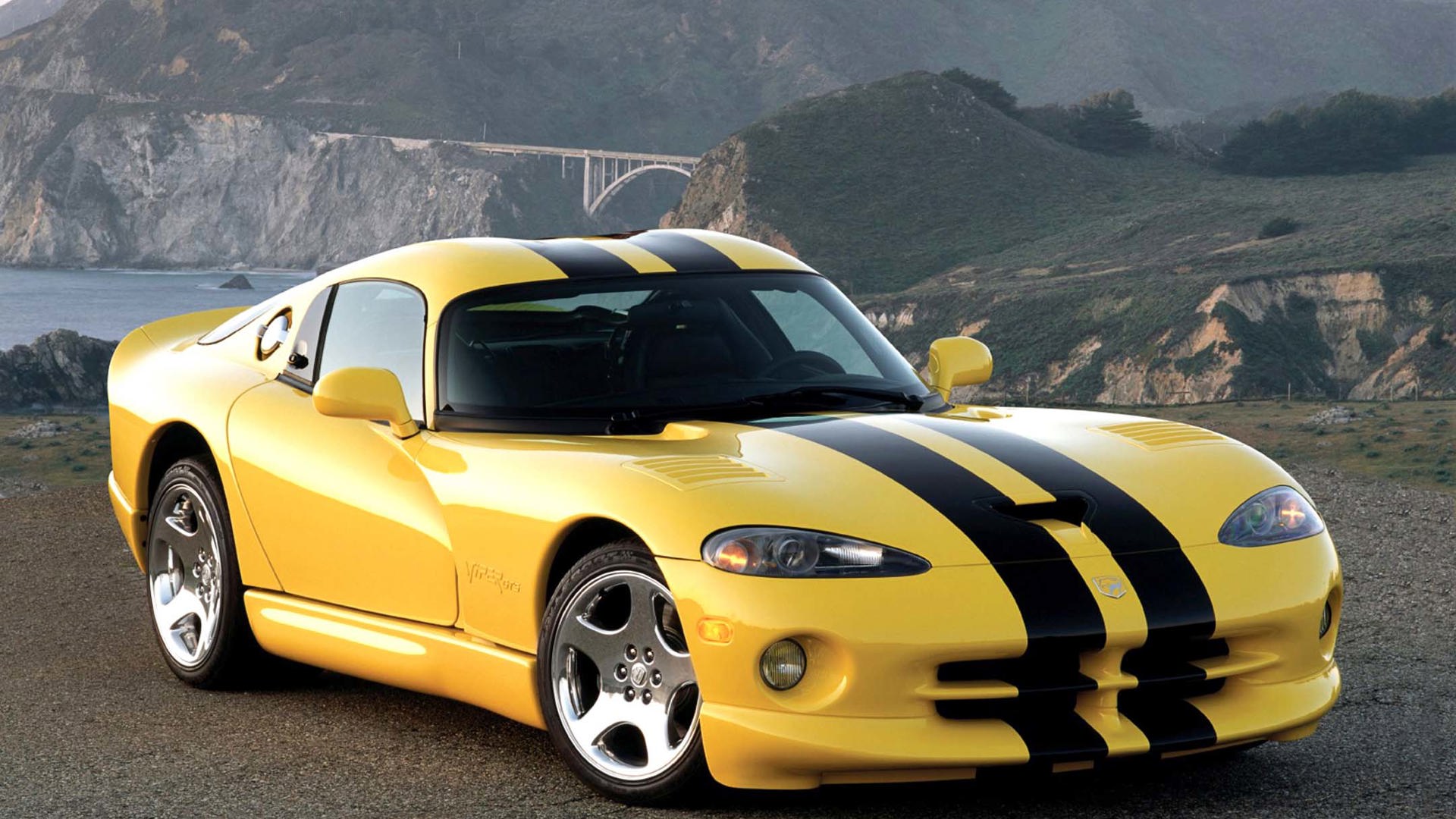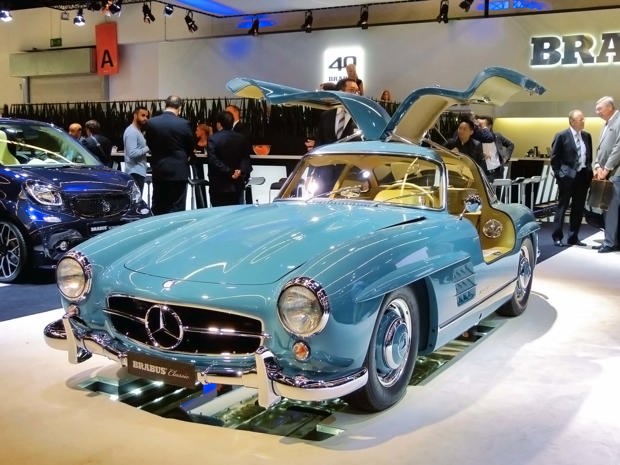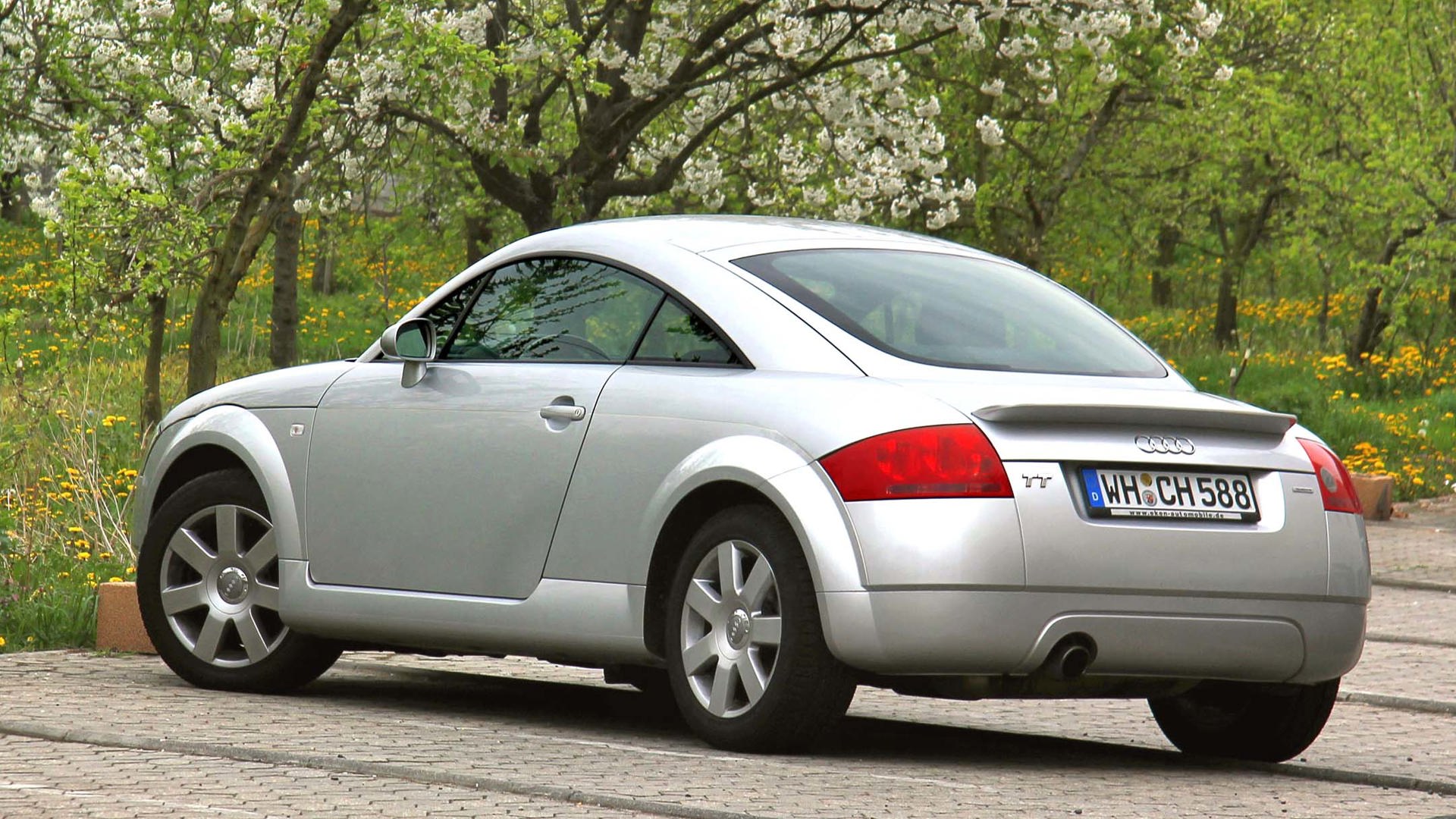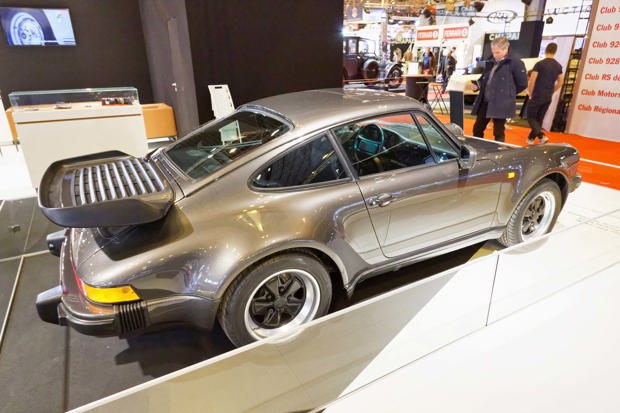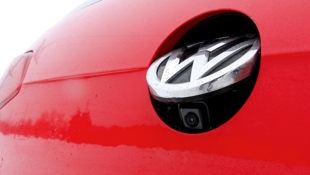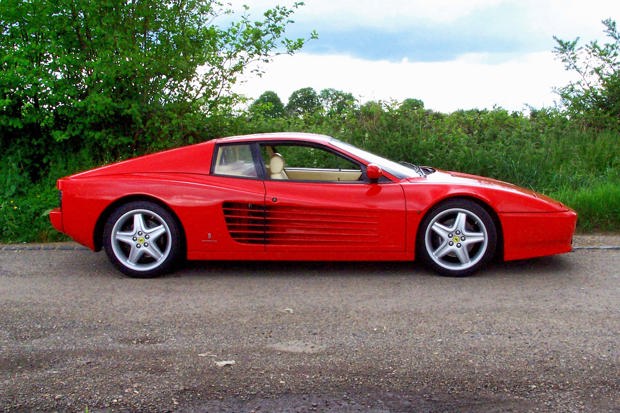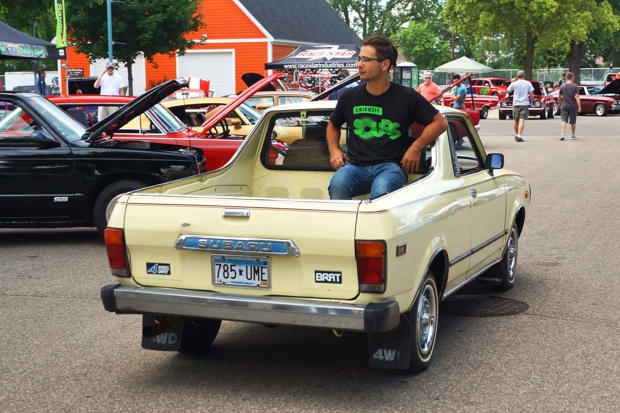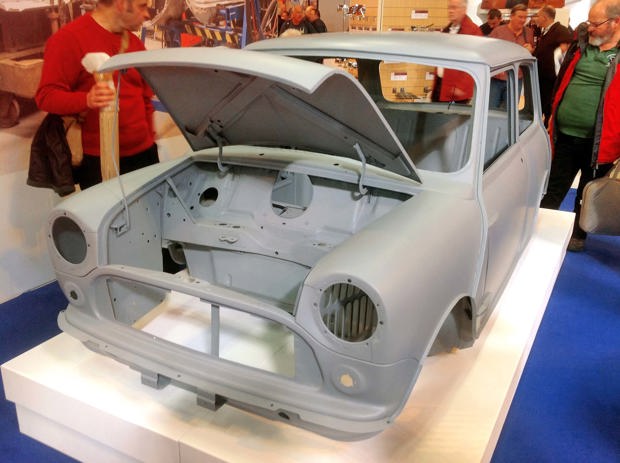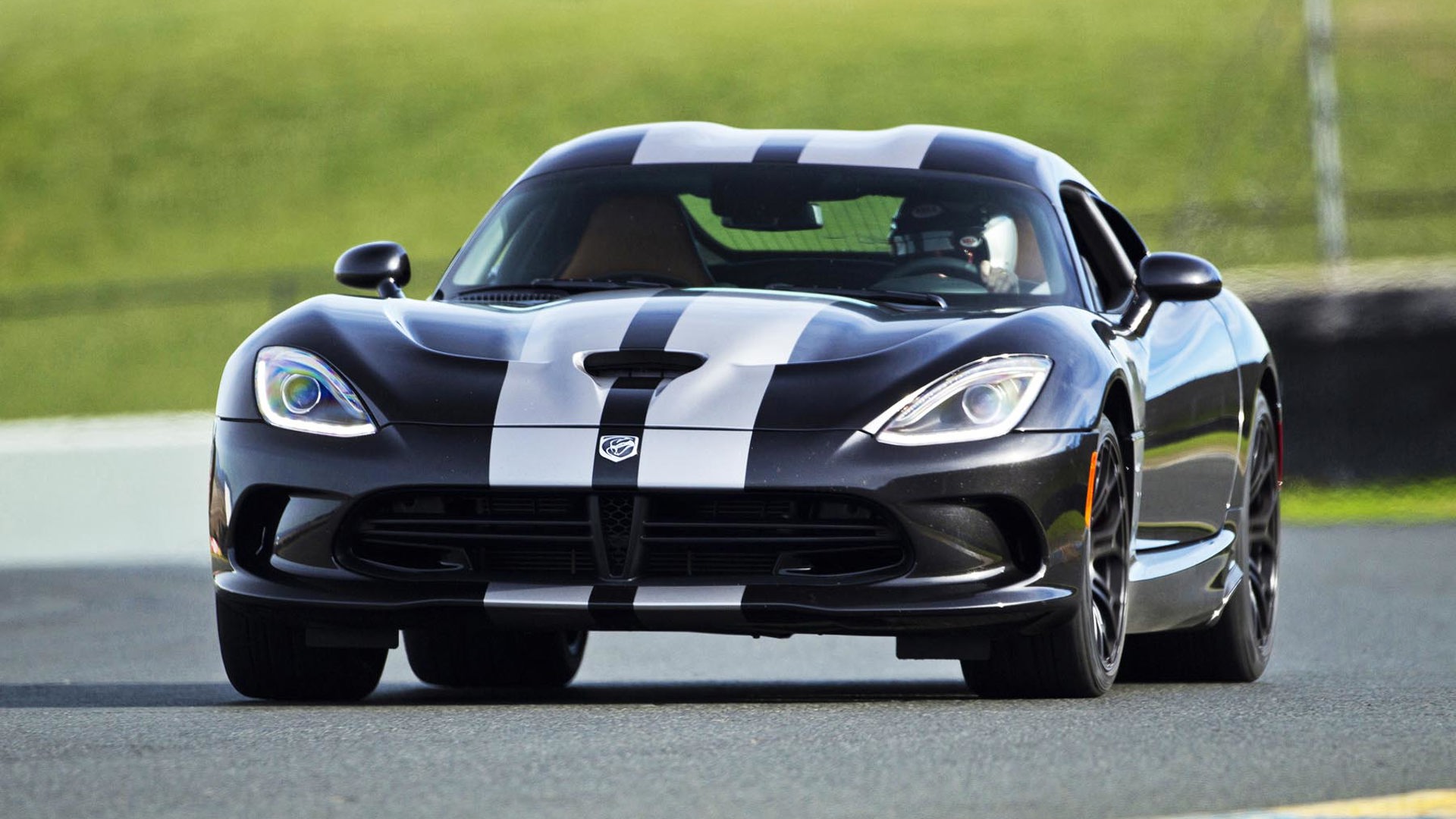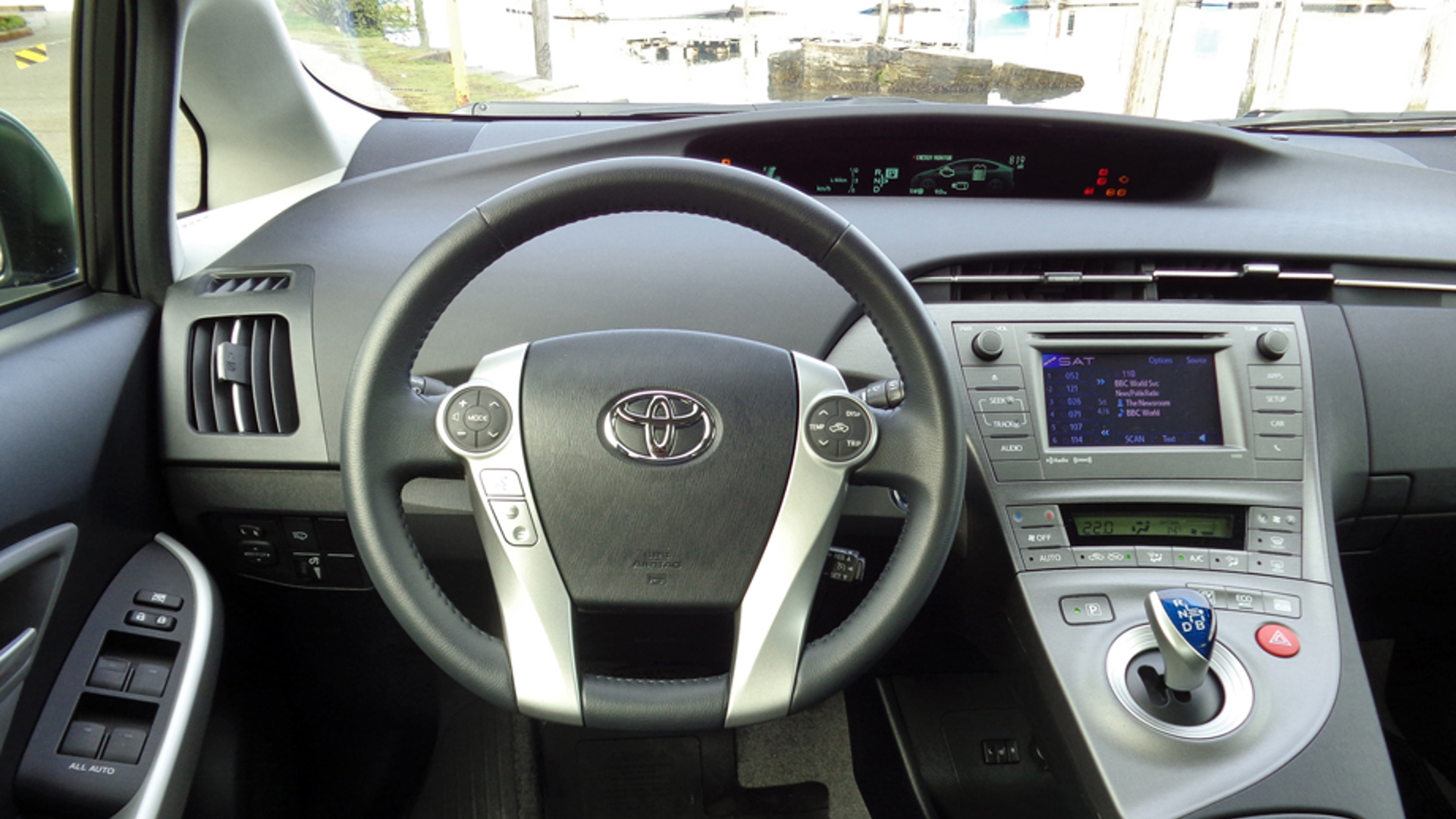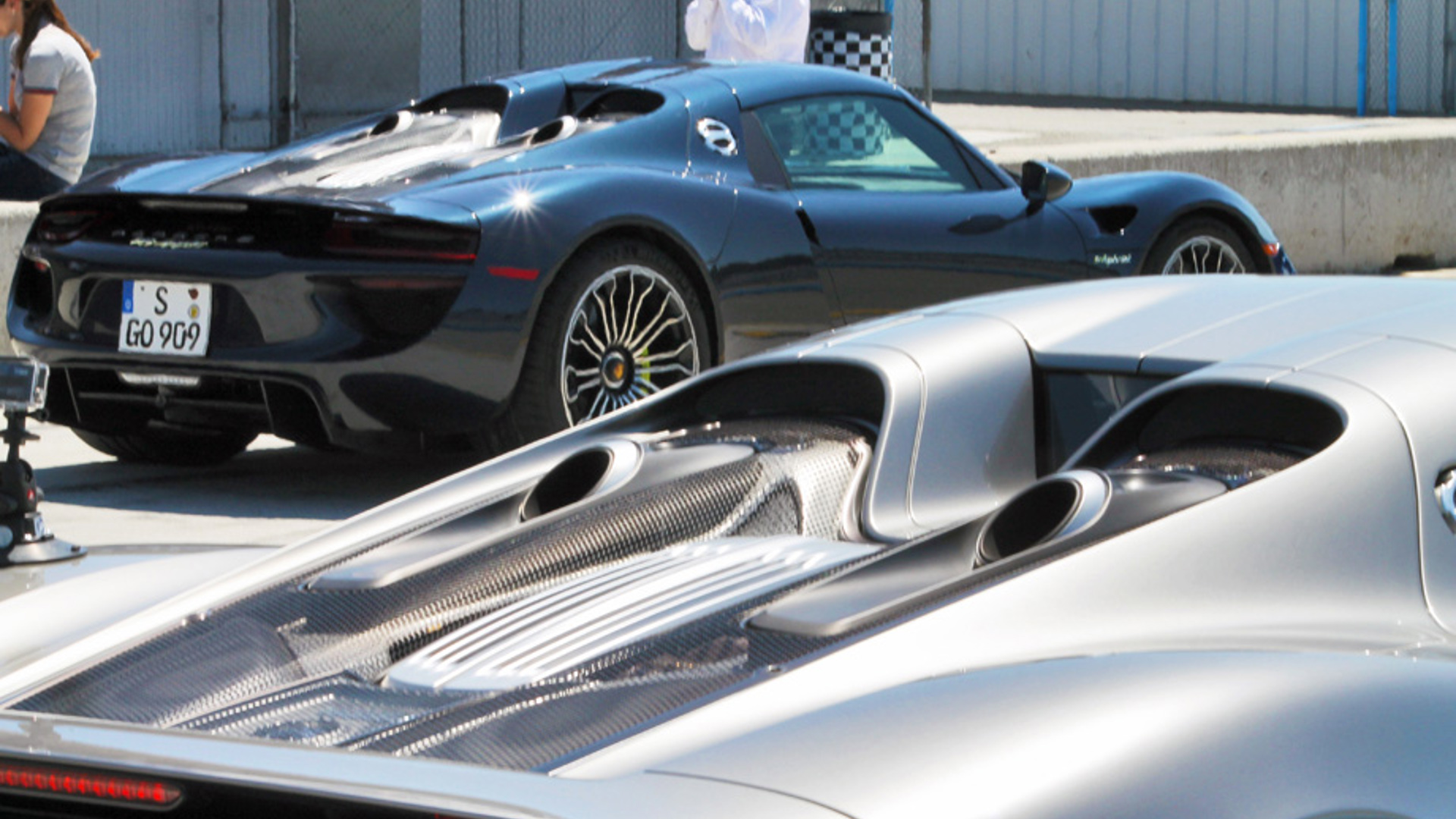Every once in a while there’s a new car feature that screams “LOOK AT ME” at the top of its lungs, something that exists solely to serve as a black hole intent on sucking down the attention of anyone and everyone in the immediate vicinity. And yet, a handful of these designer-gone-mad features actually aren’t flights of fancy, but valid choices made to solve a specific engineering, performance, or legislative problem – and sometimes all three.
Let’s take a look at 10 car design gimmicks that weren’t gimmicks at all.
Gullwing Doors
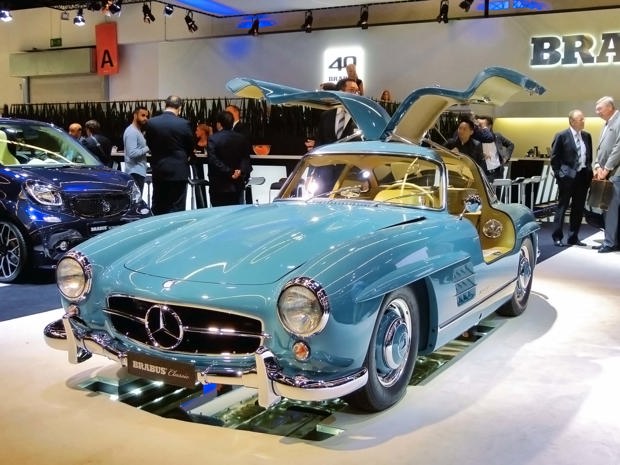
Although it’s a style that’s been imitated and adapted – the DeLorean DMC-12 and the “falcon” doors on the Tesla Model X immediately come to mind – the original gullwing doors featured on the Mercedes-Benz 300 SL were a design necessity rather than an extravagant styling cue.
When the car went on sale in the early 1950s, it borrowed much of its platform from the 300 SL race car – which meant it sat on a spaceframe that made it impossible to fit a set of traditional forward-hinged doors over the vehicle’s wide side walls. The racer’s roof-hinged “gullwing” doors thus made it over to the street car, and in the process created an icon.
Fun fact: to help occupants escape in the event of a rollover (which naturally makes gullwing doors almost impossible to open), the modern interpretation of the 300 SL – the SLS AMG – features passenger openings fitted with explosive bolts to kick its gullwing doors off their hinges.
Audi TT Rear Spoiler
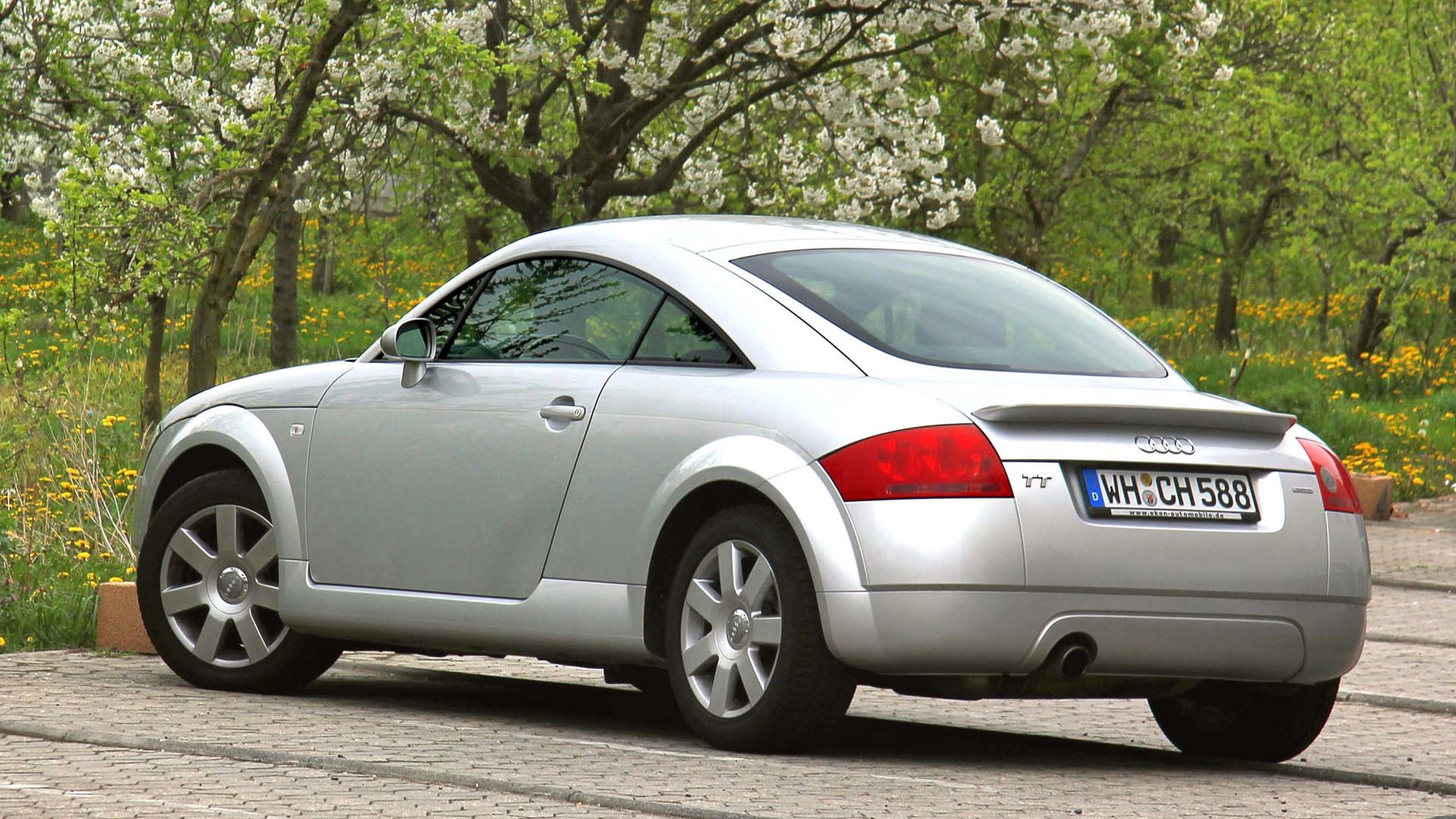
The Audi TT debuted as a 1998 model and turned heads by wrapping the New Beetle platform in stylish coupe sheet metal. Unfortunately for Audi, the fashion-forward approach hadn’t spent quite enough time in the wind tunnel, which lead to some scary times on the Autobahn at high speeds when rear-end lift caused a number of fatal accidents in Europe.
In just a few short years, Audi installed a rear spoiler on the TT, not as an affectation, but as part of a suite of design changes intended to improve the vehicle’s aerodynamics and road-holding. A revised suspension system, and the offer to retrofit electronic stability control on early cars for owners who wanted an extra insurance policy when driving aggressively, were also part of the package.
Porsche 930 Whale Tail
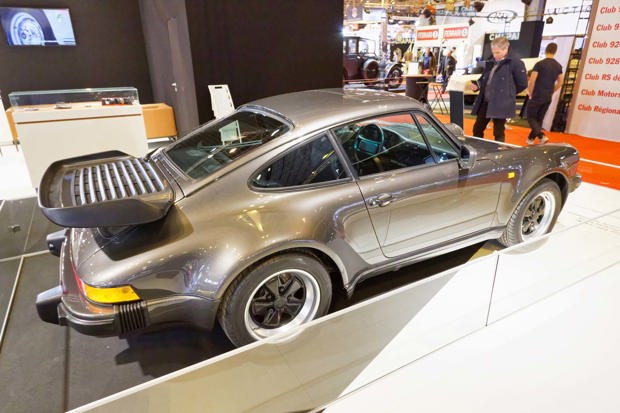
Audi wasn’t the only German automaker trying to appease the aero gods with a special spoiler – although in the case of the Porsche 930 it’s a lot harder to miss, sticking up from the rump of the 911’s classic shape.
“Duck tails” had been present on earlier versions of the Porsche coupe, but the “whale tail” – that long slab of upwardly curved diving board affixed to the rear of the Carrera 3.0 RS and Turbo – would become a 930 trademark. The whale tail would stick around until the mid-80s for the 930 (after which it was replaced by the “tea tray” wing), but non-Turbo 911s would keep it on the options sheet until the end of the decade where it continued to do its best to prevent sudden oversteer at speed.
Badge-Hidden Rear-View Cameras
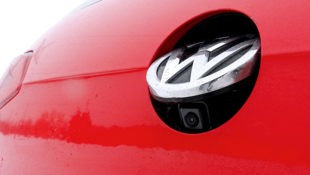
If you’ve driven a recent Volkswagen, chances are you’ve heard it: that mechanical whirr from the rear of the car when you shift into reverse as the badge on the trunk or the hatch lifts up to reveal the parking camera.
While it might seem a little too fancy for its own good in a world where automakers stick these tiny video-sending units almost anywhere, there’s actually a reason to keep them tucked up and away from the outside world. By protecting the camera with the badge, the lens doesn’t get dirty, wet, or obscured by snow, making it useful no matter the weather. And it’s not just Volkswagen, BMW has also adopted this particular design.
Ferrari 512 Testarossa Side Strakes
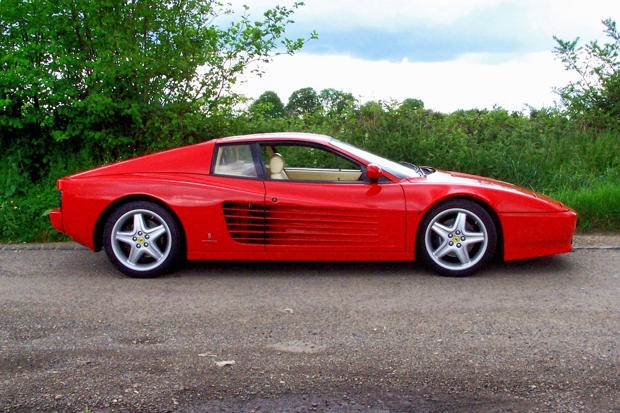
Ferrari knew that the mandolin strakes on the side of the Testarossa would be eye-catchers – but they also serve a much more important purpose outside of the valet station. Unlike previous mid-engine Ferraris that employed a front-mounted radiator, the Testarossa instead used a split-rad design that was also perched in the middle of the car.
This dramatically lowered temperatures inside the cockpit (given the absence of coolant plumbing flowing around the cabin), but it created a different issue: how to feed each of the radiators without running afoul of laws regarding the size of side intakes? The side strakes not only concealed the gaping maw of the side scoops, but they also helped to smooth out the air prior to being ingested, which improved overall performance.
As an added bonus, they also provided enough aerodynamic assistance to negate the need for a rear spoiler by sending air through slits cut into the engine lid, preserving the Testarossa’s massive flat back.
Subaru Brat Bolt-In Bed Seats
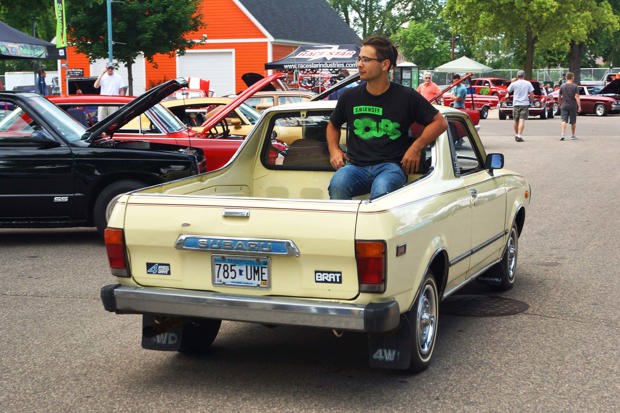
Let’s get this out of the way: sitting in the plastic seats bolted into the bed of the Subaru Brat at speeds greater than 10 km/h is an exercise in insanity. Don’t think, however, that the powers that be at Subaru ever intended for the tiny pickup’s exterior accommodations to ever be used for actually hauling human beings.
Instead, this unusual gimmick allowed the company to bypass the “Chicken Tax”, an old US trade-war tariff that was applied against light trucks imported from overseas. With the seats in place, the Brat was officially transformed from pickup to passenger car. Unless you had eyes, that is.
BMC Mini Exterior Weld Seams
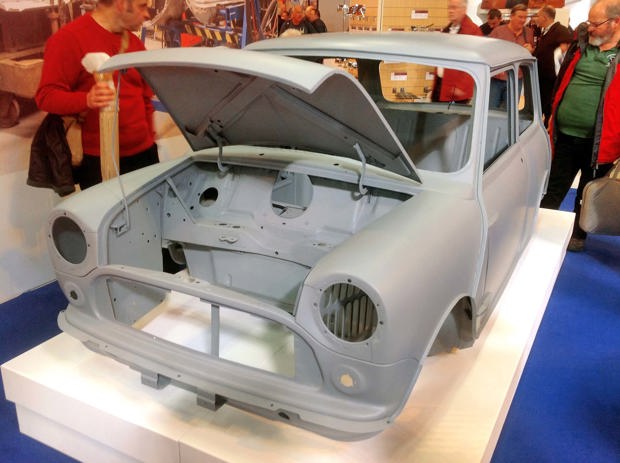
The original Mini was quite small – so small, in fact, that not all assembly-line machinery of the late ’50s could fit inside of it. Rather than embiggen the car, the geniuses at BMC decided to make a design statement out of the problem by displaying the weld seams on the outside of the car, rather than the inside. This way, no equipment had to squeeze into the cabin at all, saving time and money while also preserving the vehicle’s unique form-factor.
Dodge Viper Roof Bubbles
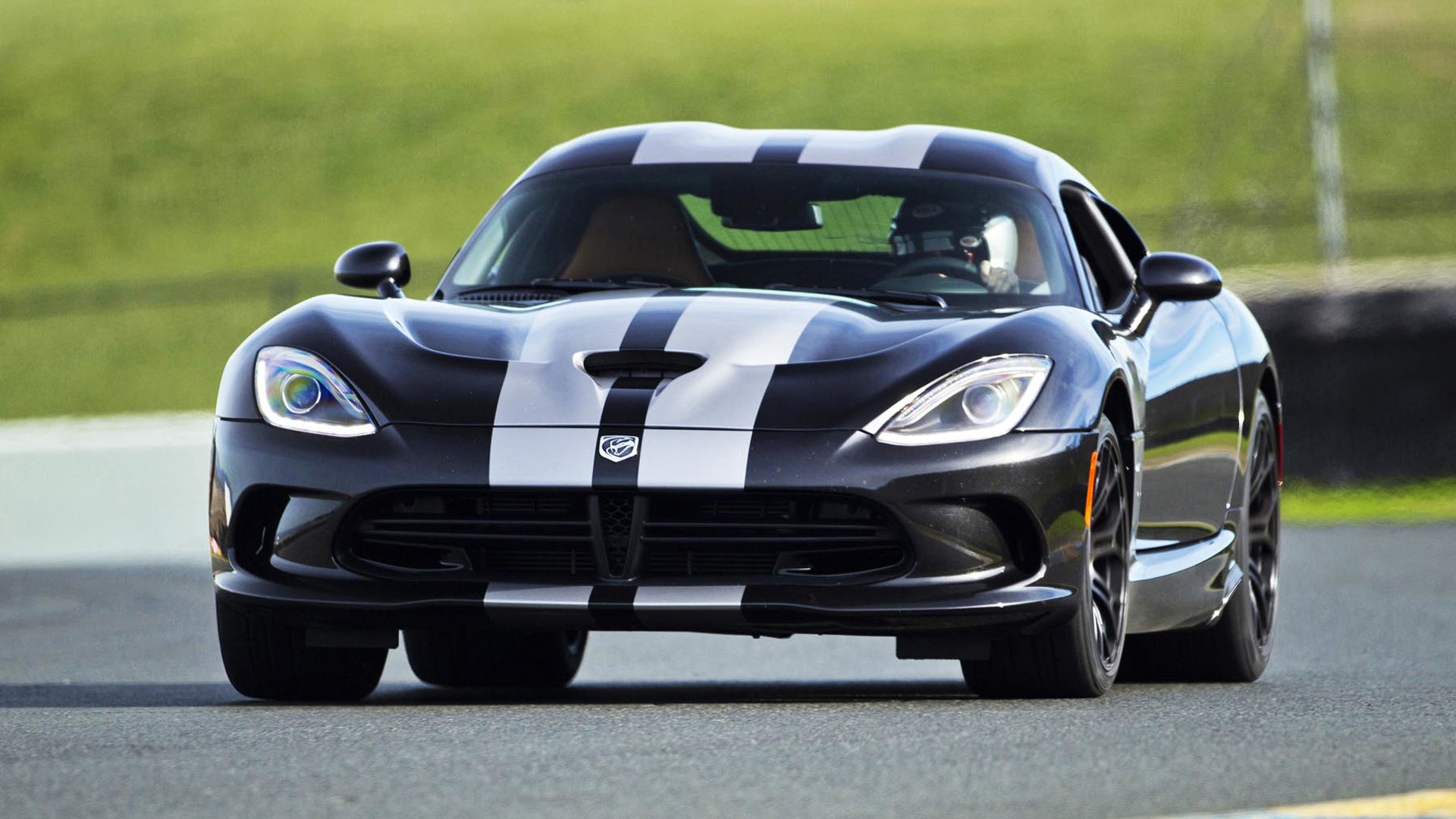
The original Dodge Viper came with a vinyl roof, but when owners started looking for a more durable solution it became clear that any hardtop would cause problems at the race track. Simply put, there wasn’t enough clearance to seal up the cabin if driver or passenger were wearing a crash helmet.
Autoform Development was the first company to tackle the problem by building a hardtop that offered better sight lines and significantly more headroom than what the soft top had to offer – four inches more, in fact. It’s also the company that started the “double bubble” styling on the roof in order to make that helmet headspace possible, a trick that would carry over to the factory-built coupes when they appeared a few years later.
Toyota Prius Centre Gauge Cluster
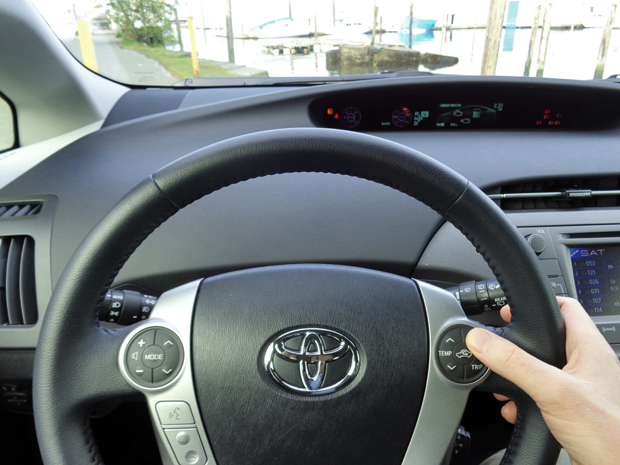
The Toyota Prius was an unusual vehicle in many respects when the first-generation car appeared at the tail end of the ’90s. But aside from it being one of the first commercially available hybrids, it was its interior design decisions that set many tongues a-waggin’.
Specifically, the Prius moved the driver’s instrument cluster to the centre of the dashboard rather than keeping it directly in front of them – a move that wasn’t so much a styling decision but instead a production assist, to make it easier to produce both left-hand and right-hand drive models.
Porsche 918 Top-Exit Exhaust
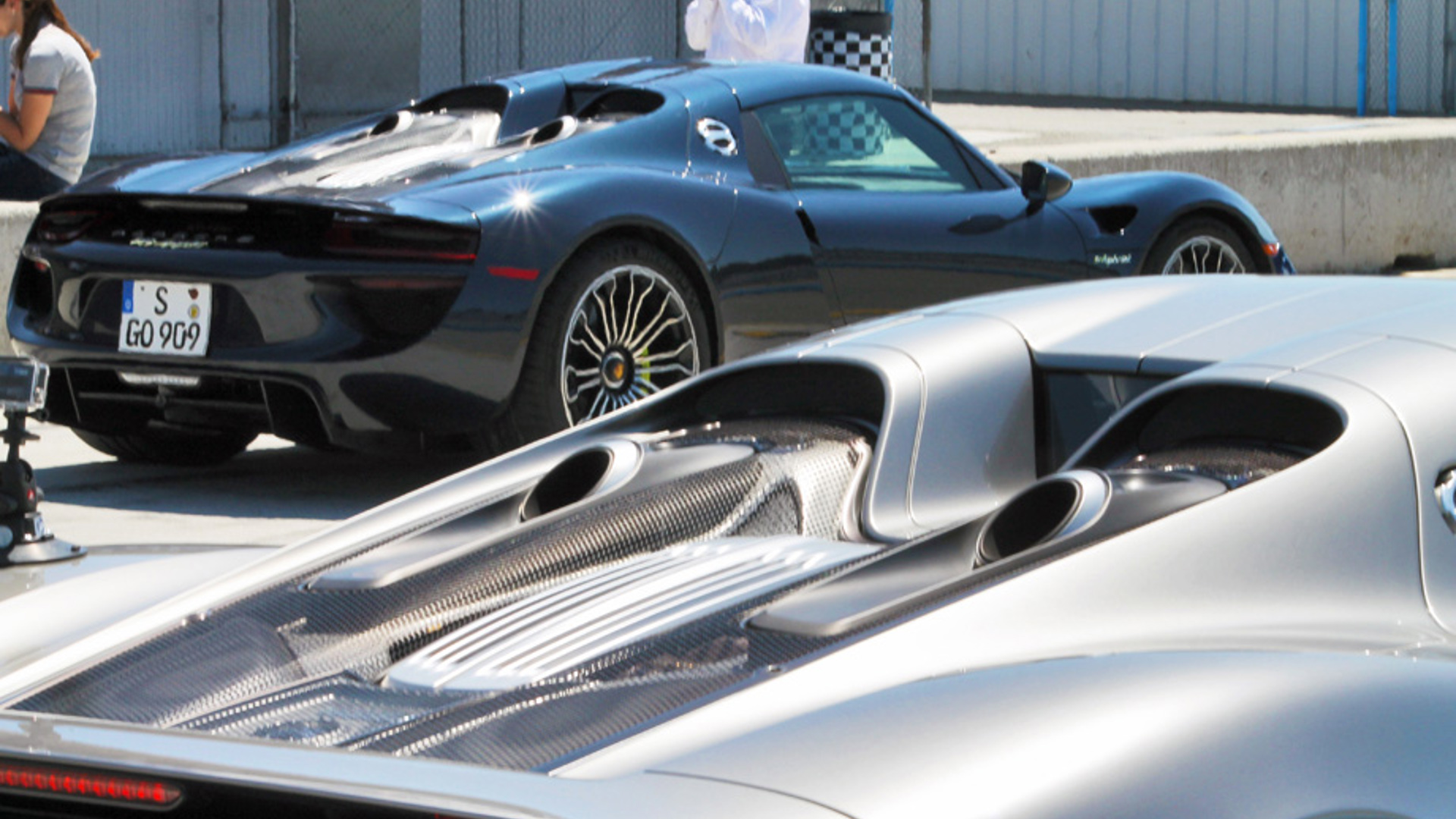
The idea of a supercar’s exhaust system dumping just behind the head of the driver and passenger sounds too good to be true. The Porsche 918’s top-exit exhaust system, however, isn’t just there to satisfy your fantasy of deafening yourself with the world’s fastest hybrid – it’s actually necessary to fit the entire drivetrain in the car.
Simply put, there’s no room down below for exhaust piping, so those flames you see in your rear-view mirror, while awesome, are just by-products of practical design.
